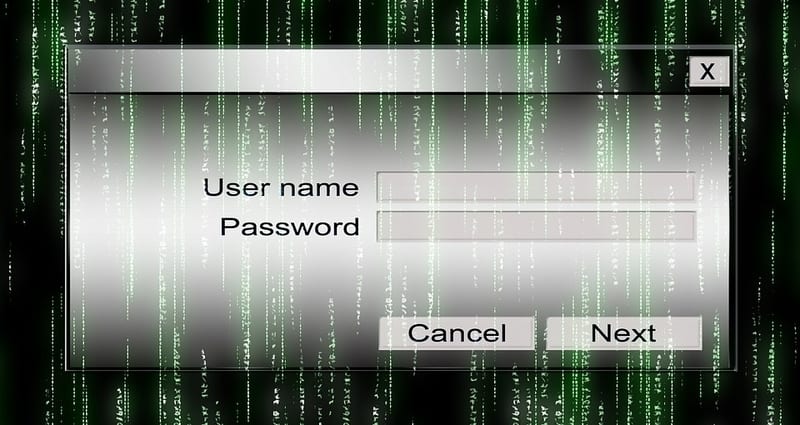Preventing Phishing Attacks From an Identity Management Perspective


How can your business prevent phishing attacks through identity management?
Rarely do we discuss phishing attacks from an explicit identity management perspective. When we do discuss it, it usually arises via a discourse on the potential targets of a phishing attack. For example, most phishing attacks target identity management through direct credential theft.
Therefore, we most often discuss phishing from a threat intelligence or security monitoring angle. In fact, Solutions Review provides several resources on phishing attacks under our SIEM umbrella.
However, we need to start thinking about phishing from an identity management perspective. After all, identity management represents the prime digital perimeter for businesses of all sizes and the core of cybersecurity. Shouldn’t we address the major security challenge from this angle?
So, let’s take a look.
Phishing Attacks From an Identity Management Perspective
How Do Phishing Attacks Operate?
Phishing attacks refer to a vast array of malicious digital attacks with a unifying theme: they get the victim to act against their best interests. The commonly recognized form of phishing attack operates via email; the hacker sends out a message supposedly from a respected and recognized institution or individual. Sometimes, the message asks for the user to reenter or update their credentials. In other cases, they ask the user to pay an overdue fine, fee, or bill, giving away both money and sometimes financial information.
Finally, in other cases, they ask the user to simply open an email or attachment, which contains a malicious malware payload.
Where phishing attacks differ is in their targets and in the layers of impersonation they use to deceive victims. The most targeted and most sophisticated phishing attacks are called “spear-phishing” because of this.
How Do Phishing Attacks Succeed?
Hackers may use spam-like tactics for their phishing attacks; they create a fake bank email asking victims to put in their credentials and see who they get.
However, many phishing attacks, especially spear-phishing attacks, instead, target a specific individual at a specific business. To make these attacks succeed, hackers use all of the tools and information at their disposal. For example, threat actors might gather information about their disguise and their victim via social media to make their messages feel more natural. Alternatively, they may gather information released to the public, such as press releases; this information could help them create urgent scenarios that fuel successful phishing attacks. After all, phishing attacks rely on users not paying close attention and making quick and rash decisions. If they feel pressure, they are more likely to experience both.
Above all, spear-phishing attacks require study. Often, hackers work to make sure that everything from the email address to the face in the description matches their disguise.
Finally, spear-phishing attacks make a seemingly natural request using language the victim recognizes as legitimate. For example, hackers don’t ask for $10,000 in a phishing attack; instead, they ask for something like $12,618.57.
Therefore, the most basic phishing attacks may include spelling errors, incorrect fonts, discolored logos—issues your employees should catch. However, spear-phishing attacks may look like any other email, making them virtually undetectable.
Prevent Phishing Attacks with Identity Management
So how can identity management help prevent phishing attacks? First, multifactor authentication (MFA). Multifactor authentication allows enterprises to go beyond regular password-only authentication to include factors like geofencing, biometrics, and time of access monitoring. Hackers can’t simply phish many of these credentials, limiting the effectiveness of their phishing attacks.
Additionally, identity management can help prevent email spoofing. Threat actors often take advantage of email authentication gaps to impersonate legitimate web domains. Make sure only authenticated users can use your email domain. While sometimes hackers will exploit fonts to impersonate legitimate domains, most hackers don’t need to do so.
Finally, phishing attacks can end up mitigated by identity management’s enforcement of the Principle of Least Privilege. If one user can make huge financial moves and decisions, that makes them an ideal target for hackers. If it takes three users’ credentials to make a financial payment of ten thousand or more, that makes your enterprise less of a target.
How to Learn More
Check out our Identity Management Buyer’s Guide for more on the top providers and their key capabilities. Also, check out the Solutions Suggestion Engine, our new application which matches enterprises to vendor-created profiles in seconds.



















